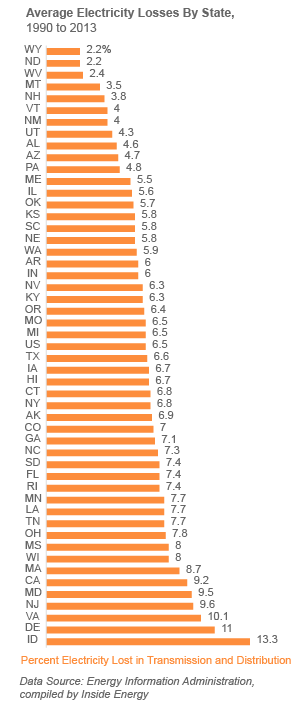svetz
Works in theory! Practice? That's something else
| The world is always changing, how will the world change as the price of energy storage continues to drop? | 
|
ref
Energy storage would have to cost $10 to $20/kWh for a wind-solar mix with storage to be competitive with a nuclear power plant providing baseload electricity. And competing with a natural gas peaker plant would require energy storage costs to fall to $5/kWh.
But those figures are only for scenarios in which solar and wind meet power demand 100 percent of the time. If other sources meet demand just 5 percent of the time, storage could work at a price tag of $150/kWh.
So, how far away is that Utopian future? Sounds like we're there...
(The $159 prices is probably volume pricing or what it costs Tesla to make their own).
Last edited:



